12 Daily Drinks to Lower Your Blood Pressure Naturally
High blood pressure can feel like an overwhelming challenge, but making supportive changes doesn't have to be a battle. In reality, there are gentle, everyday choices that can nurture your heart and bring blood pressure into a healthier range—one delicious drink at a time. With so many options out there, it can be tough to know where to begin, especially when you’re seeking solutions that are realistic, evidence-based, and easy to weave into daily life. Instead of chasing quick fixes or rigid routines, consider adding some new beverages to your routine that have been shown to make a real difference. These aren’t magic cures, but they’re grounded in science and have helped many people along their journey to healthier blood pressure. As you explore these twelve delicious options, remember it’s not about perfection—it’s about progress and self-kindness. Each sip is a small act of care for your whole body, supporting your energy, heart, and overall well-being at every stage. Ready to discover some drinks that actually work (and taste good, too)? Let’s get started.
1. Beet Juice: The Nitric Oxide Powerhouse
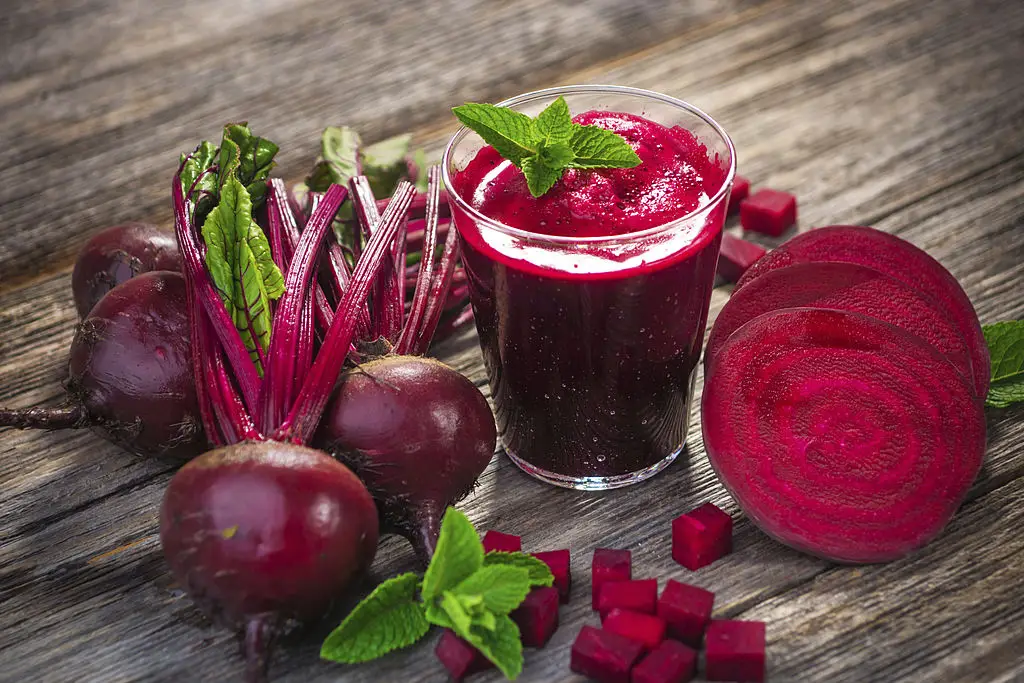
When it comes to invigorating your circulatory system, few drinks pack as much power as beet juice. Beetroots are naturally rich in dietary nitrates, which your body converts into nitric oxide—an important compound that helps your blood vessels relax and expand. Clinical studies show that regular beet juice consumption can lower systolic blood pressure by 4–10 mmHg, sometimes within mere hours of sipping. If the earthy flavor is a bit much, try blending beet juice with orange or apple for a milder taste. Fresh-pressed is ideal, but bottled options work in a pinch. Just be mindful of the sugar content—beet juice can be surprisingly sweet. Those with kidney stones or blood sugar concerns should check with a healthcare professional before making it a daily habit. Many find a morning glass—about 8 oz—is a refreshing way to start the day. For a change, pair it with citrus for vibrant flavor and an antioxidant boost.
2. Hibiscus Tea: The Deep Red Soother
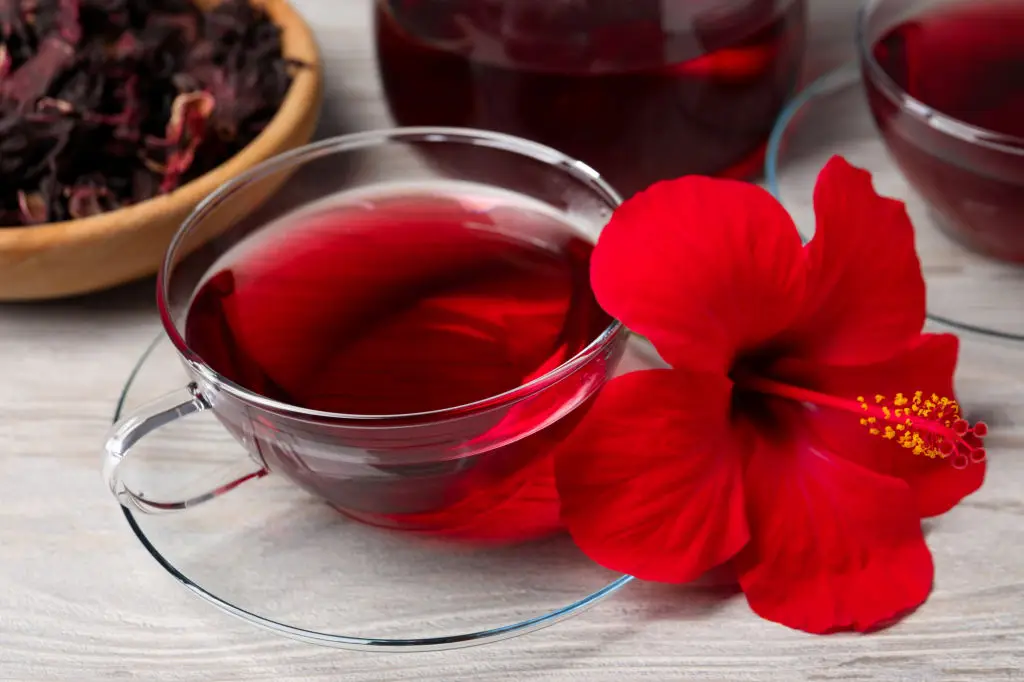
Hibiscus tea is a jewel-toned beverage with a long tradition for supporting cardiovascular wellness. Its gorgeous deep red color comes from anthocyanins—powerful antioxidants that can help your arteries relax. Numerous studies have found that drinking hibiscus tea may yield blood pressure benefits comparable to some medications, especially with consistent daily use. It’s as simple as steeping dried hibiscus flowers in hot water for 5–10 minutes, served either warm or over ice for a zesty, refreshing twist. The tartness can be softened with a bit of honey or cinnamon if desired. If you’re currently taking blood pressure medications, speak with your provider before making hibiscus a staple—there can be interactions. Many people enjoy two to three cups throughout the day for gentle, ongoing support. Experiment with flavor by blending in lemon or mint, or sipping it as a bold iced tea with a squeeze of lime.
3. Pomegranate Juice: Polyphenol-Rich Elixir
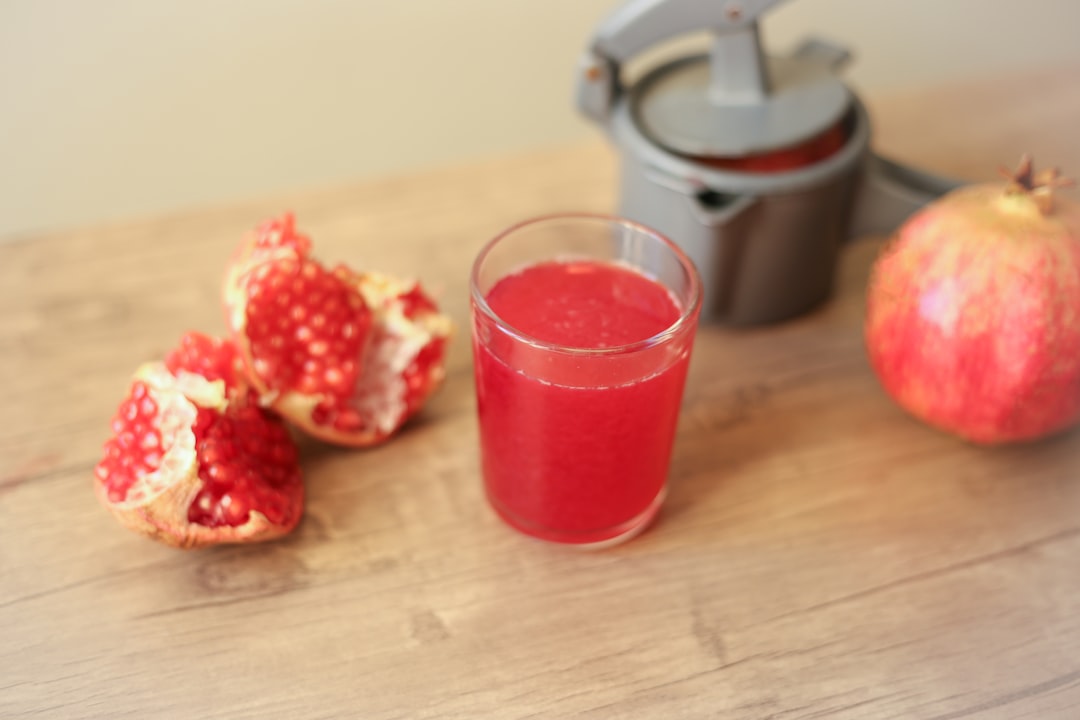
Pomegranate juice combines vibrant flavor with impressive cardiovascular benefits, thanks to its high content of unique polyphenols and antioxidants. Clinical research highlights that a daily eight-ounce glass can deliver a 5–12% drop in systolic blood pressure, helping support overall artery health. For maximum benefit, choose unsweetened and 100% juice varieties—this keeps natural sugars in check. Pomegranate’s tangy, subtly sweet taste stands out solo, but can also add depth blended with orange or a splash of sparkling water. Store-bought is convenient, yet making your own at home is as simple as blending the juicy seeds and straining. Diabetics and those mindful of sugar intake should moderate their serving and discuss with their doctor if unsure. With its ancient roots and modern scientific acclaim, pomegranate juice is both a treat and a heart-smart habit.
4. Low-Fat/Skim Milk: Dairy with Benefits
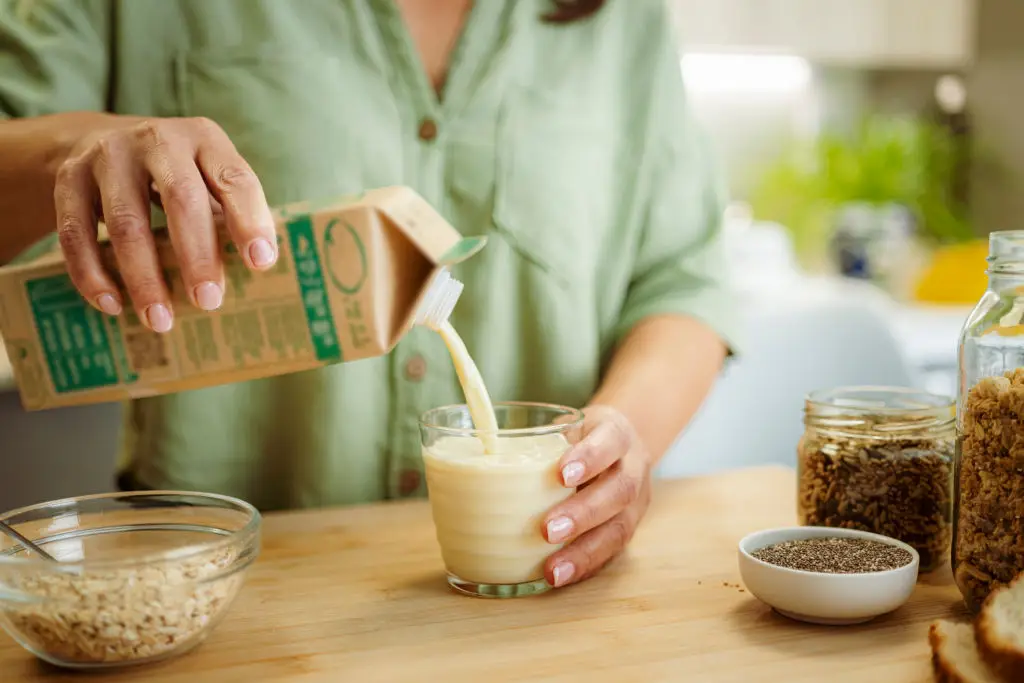
A cold glass of low-fat or skim milk does more than just pair well with breakfast—it can directly support healthier blood pressure. These types of milk offer a balanced source of calcium and potassium, two minerals that have proven roles in regulating blood pressure as part of the DASH diet. Landmark research shows that including 2–3 servings of low-fat dairy daily can bring systolic blood pressure down by 8–14 mmHg when combined with a balanced diet. Try using milk in smoothies, with oatmeal, or simply as a mid-morning snack to keep things interesting. If you’re lactose intolerant, consider plant-based alternatives fortified with calcium and potassium. While whole milk is tasty, it doesn’t offer the same benefits for blood pressure as its low-fat cousins. When in doubt, start small, and notice how your body responds—every little bit helps to build a heart-healthier routine.
5. Green Tea: Ancient Antioxidant
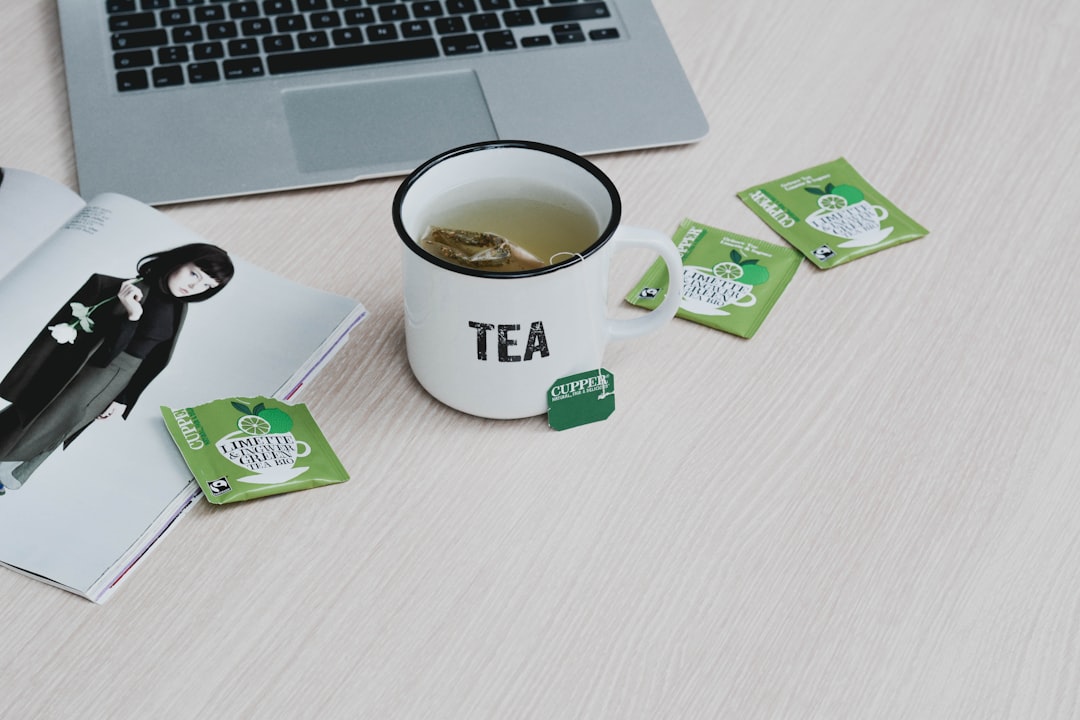
Green tea is celebrated worldwide for its subtle taste and a gentle boost of energy, but its real power lies in its antioxidant properties. Packed with catechins and L-theanine, green tea has been shown in meta-analyses to lower blood pressure by an average of 2–3 mmHg when enjoyed regularly. For most, drinking two or three cups a day—preferably between meals for best absorption—offers the most support. The caffeine level in green tea is modest but can make some people jittery; if that’s you, opt for decaf or enjoy just one cup in the morning. The trick to a smooth, non-bitter cup is steeping the tea for only 2–3 minutes in water that’s just under boiling. Add a twist of lemon, a slice of ginger, or even a few fresh mint leaves to make your green tea a calming little ritual that’s always good for your heart.
6. Tomato Juice: The Lycopene Sip
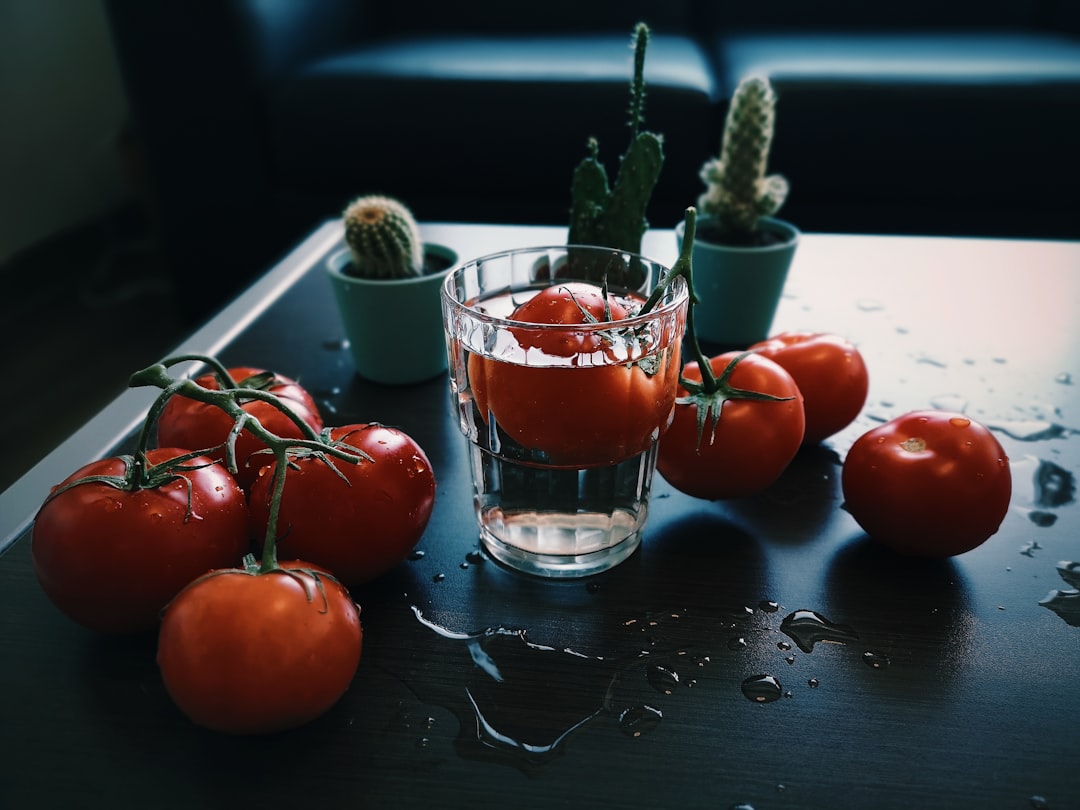
Tomato juice has recently emerged from the shadows as a quietly powerful ally in blood pressure care. The secret is lycopene, a bright red antioxidant found in tomatoes, and the generous dose of potassium in each glass. Japanese research suggests that a daily glass of unsalted tomato juice can make a meaningful impact on both systolic and diastolic levels. If you’re buying commercial juice, double-check that it’s low sodium—salted versions can wipe out the heart benefits. Some prefer making their own by blending fresh tomatoes and straining for a smooth finish. Enhance flavor naturally by adding herbs, a splash of lemon, or even a bit of celery for zip. It’s a great base for morning smoothies or a bright pick-me-up on a warm afternoon. Small changes—like swapping out sugary drinks for tomato juice—can pay big dividends for your blood pressure over time.
7. Berry Smoothies: Antioxidant All-Stars
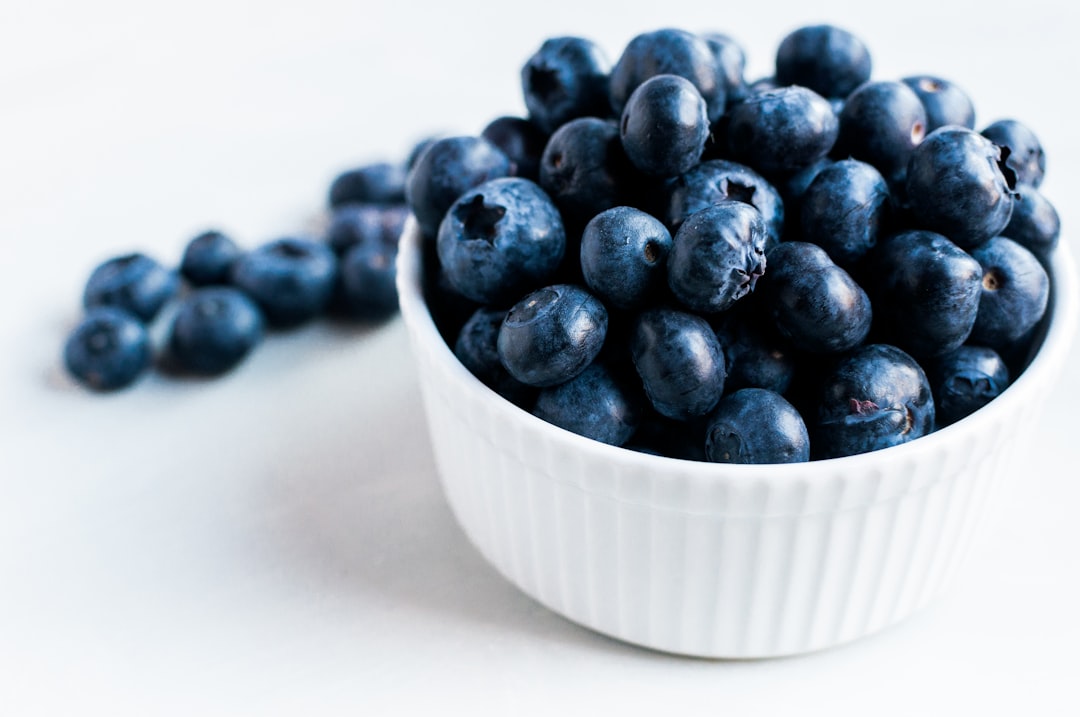
There’s something joyful about a brightly colored berry smoothie, and the news gets even better when you realize how friendly berries can be to your blood pressure. Blueberries and strawberries in particular are loaded with polyphenols that offer protective effects for your arteries. Tossing a handful into a smoothie with some spinach, banana, and low-fat yogurt is a quick way to turn snack time into a little act of heart-healthy self-care. DIY blends keep the added sugar low, so you can enjoy the natural sweetness of ripe berries. If you’re feeling adventurous, try adding a spoonful of chia seeds or a splash of orange juice for extra nutrients and zing. Frozen berries work just as well as fresh and are often kinder to your wallet. One smoothie a day delivers big flavor and satisfying texture—a cheerful habit your heart will thank you for.
8. Celery Juice: Subtle but Strong
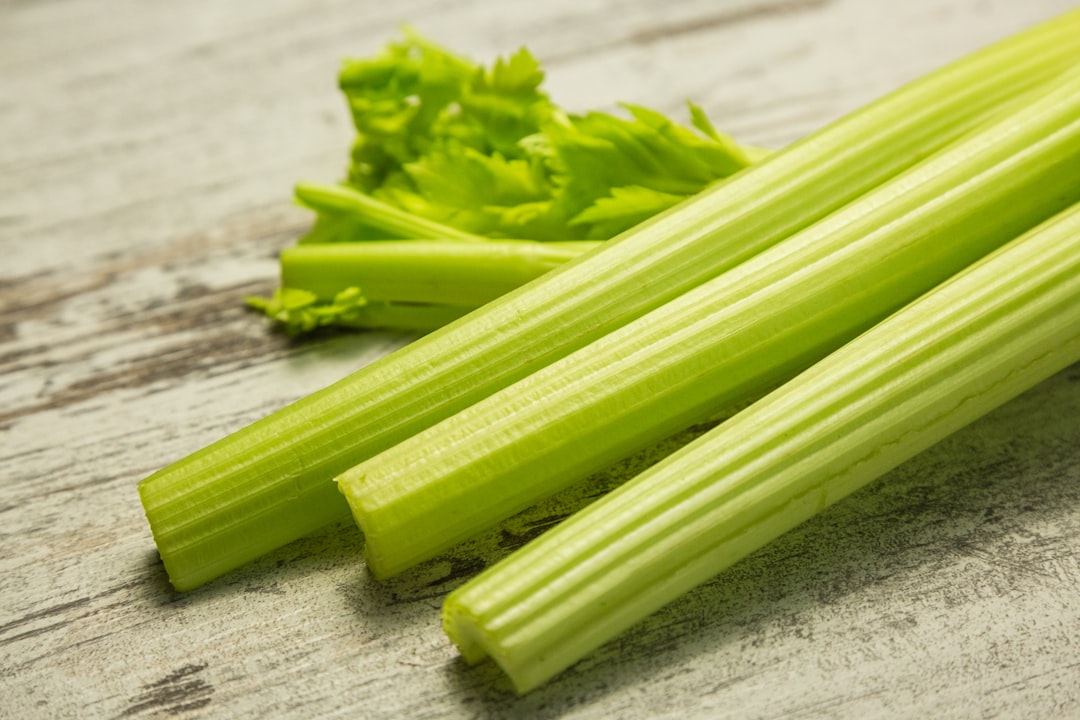
Celery juice may not win any popularity contests for taste, but its subtle strengths are worth discovering. The unique compounds in celery, called phthalides, have been shown to help blood vessels relax and improve blood flow. Fresh-pressed celery juice is usually best, and blending it with apple or cucumber can mellow its flavor. Many supporters find a small glass (about 8 ounces) each morning or afternoon helps with consistency. The high fiber content of whole celery is also a plus, but for juicing, straining can make it more drinkable if texture is a challenge. If the taste puts you off, try chilling your juice or adding a squeeze of lemon for a crisper finish. Remember, small steps are just as valuable as big leaps when you’re building a new healthy habit—your taste buds may even come around with time.
9. Watermelon Juice: Summer-Friendly Hydration
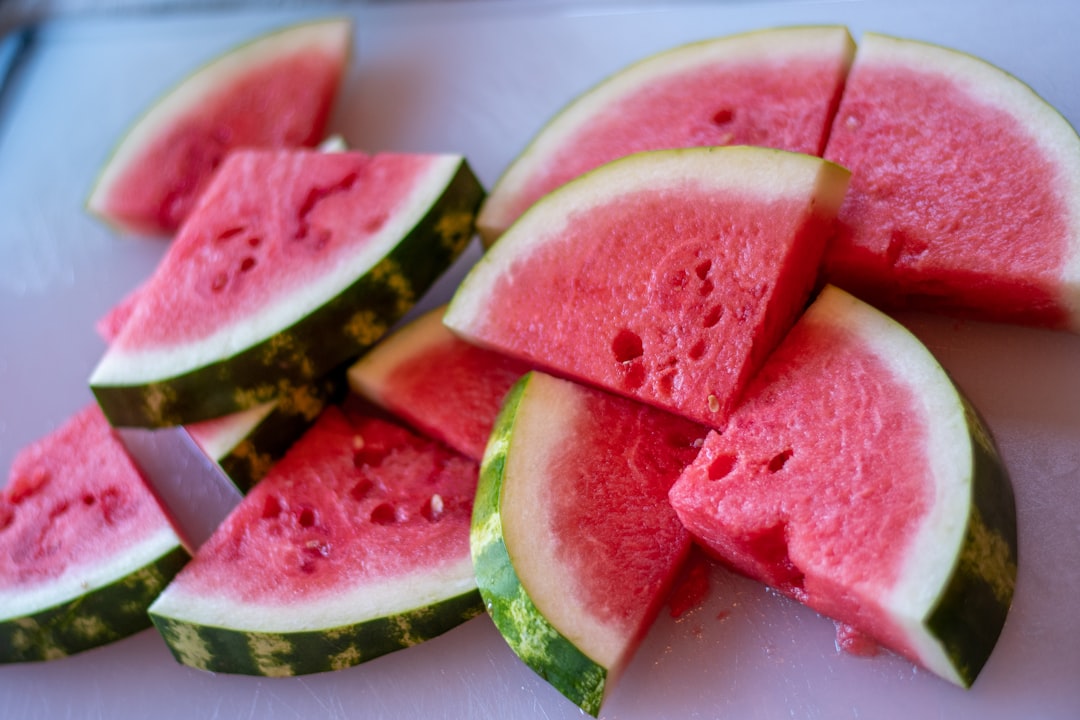
Nothing says refreshment quite like a glass of watermelon juice on a hot day, but this summer staple is more than just a thirst-quencher. Watermelon is rich in citrulline, an amino acid that helps arteries stay relaxed and promotes healthy circulation. Preparing fresh juice at home is simple—just blend, strain, and serve over ice for a truly thirst-quenching treat. The natural sugars in watermelon are less concentrated than in bottled juices, but it’s wise for those with metabolic concerns to keep portions modest. Add a handful of mint or a splash of lime for extra zing, or blend with strawberries for even more heart-healthy power. Regularly reaching for watermelon juice in place of sugar-heavy sodas supports hydration as well as blood pressure—sometimes the sweetest choices are also the best for your heart.
10. Black Tea: Robust and Reliable
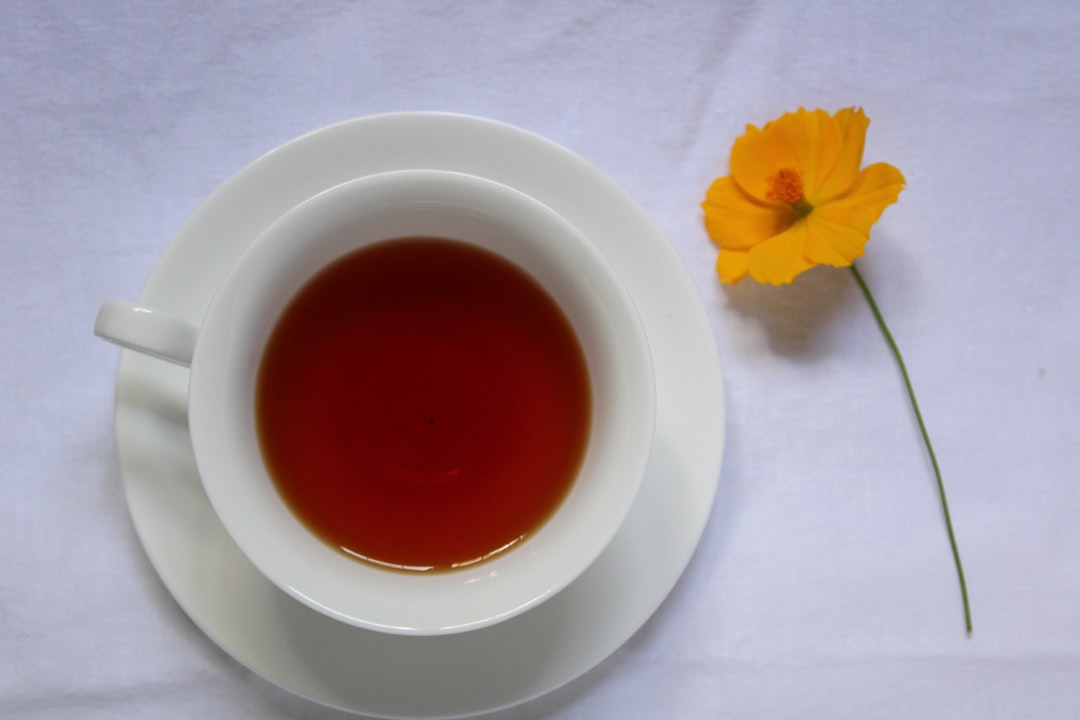
Black tea has a well-earned reputation as a comforting, robust beverage and, in recent research, as a steady contributor to lower blood pressure. Flavonoids in black tea gently support the flexibility of your arteries and may help reduce both systolic and diastolic pressure with regular drinking. One to two cups daily—served hot or iced—fit easily into most routines. Black tea does contain caffeine, so if you’re sensitive, enjoy your cup before early afternoon to keep sleep on track. Using a touch of lemon can enhance flavor without adding sugar, and if you usually take your tea with milk, opt for low-fat. Explore different blends to find your favorite—there’s no rule that heart health can’t be deliciously satisfying, too. Over time, sipping black tea is one of the simpler strategies for nurturing both spirit and cardiovascular health.
11. Orange Juice: Citrus Lift
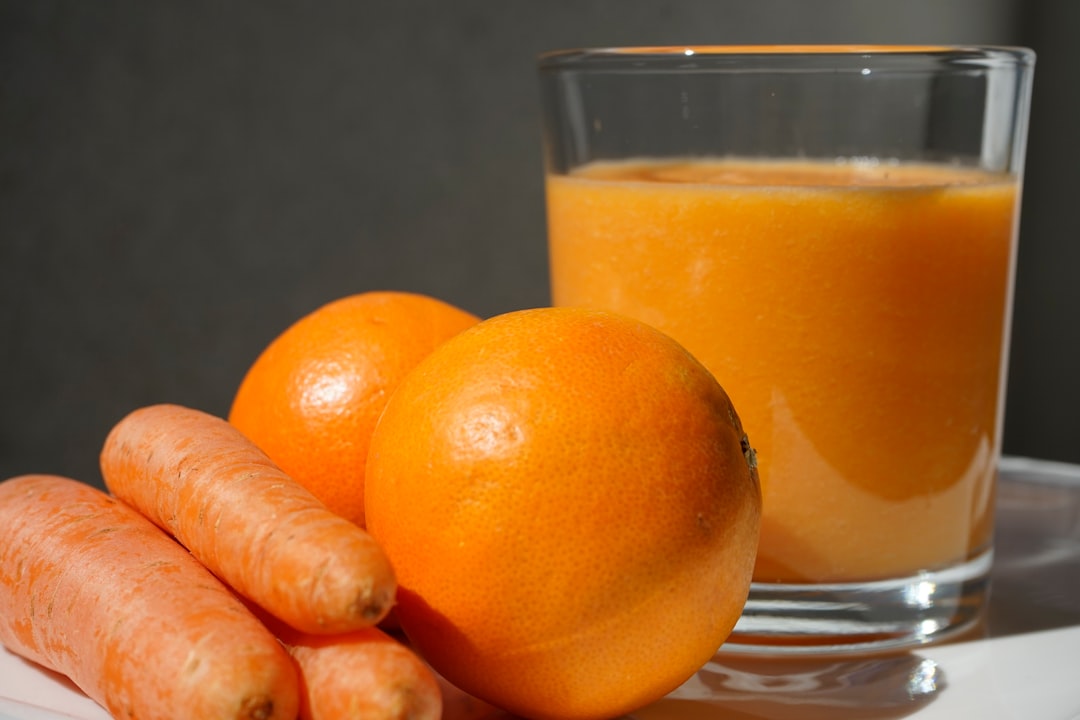
Orange juice is more than just a breakfast classic—it’s a handy way to bring potassium, vitamin C, and antioxidants into your blood pressure care plan. Pure orange juice helps your body counteract sodium and supports arterial health, especially when served unsweetened. Limit your serving to a small glass, about 4–6 ounces each morning, to balance nutrition without sending blood sugar soaring. For an added punch, blend orange juice with leafy greens or berries to create colorful, nutrient-packed combos. Store-bought juice offers convenience, but squeezing your own lets you control freshness and flavor. Remember, the goal is to add supportive habits, not strict rules—enjoy your juice as a tasty complement to a well-rounded routine. Gradually introducing more potassium via citrus is a gentle way to help your body feel its best, morning after morning.
12. Dark Chocolate Drinks: Sweet Indulgence (in Moderation)
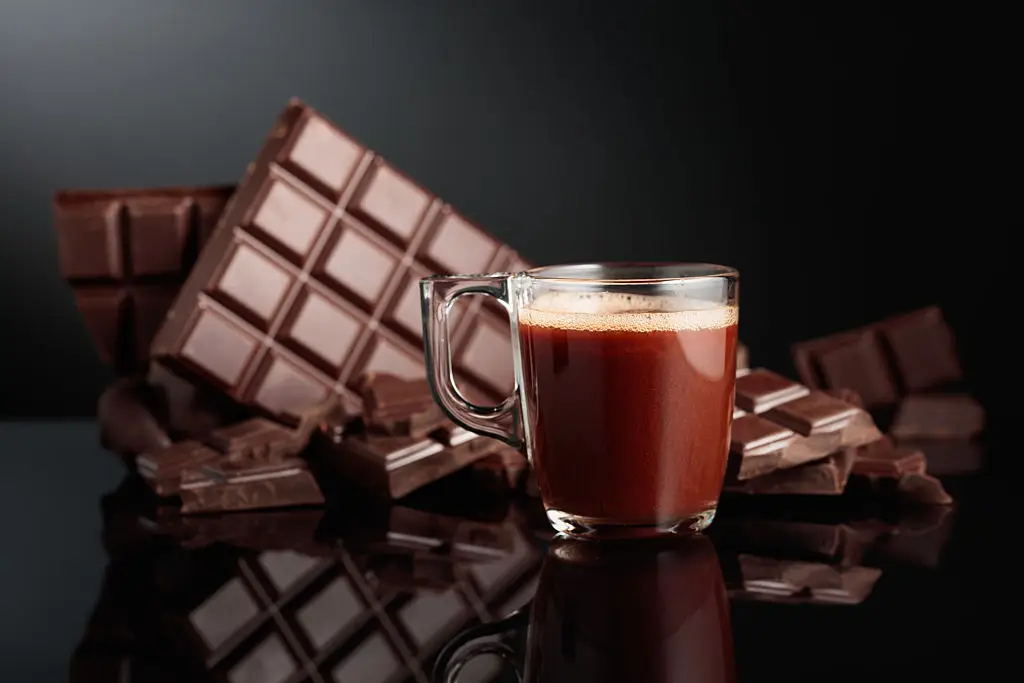
It’s a happy truth that a little bit of dark chocolate can fit into a thoughtfully balanced blood pressure routine. The secret is flavanols—potent antioxidants in dark cocoa, which encourage relaxed blood vessels and improved circulation. Clinical research notes that even two weeks of moderate dark chocolate intake may provide measurable benefits. For a comforting drink, blend unsweetened cocoa powder (choose 70% or higher cocoa content) with warm almond or skim milk and just a little natural sweetener if needed. A small cup in the evening makes for a gentle ritual, but portion size matters—keep your serving modest and avoid sugar-rich pre-made mixes. For some, dark chocolate has a natural bitterness that can be mellowed by vanilla or cinnamon. A treat that supports your heart as it delights your taste buds? That’s the kind of self-care that’s always in season.
Sip Your Way to a Kinder, Healthier Heart

Making shifts to lower your blood pressure can seem daunting, but remember: every effort counts, and the journey is uniquely yours. Each of these twelve delicious drinks offers a way to nurture your well-being without demanding drastic changes or perfection. Some days you might try something new; on others, sticking to an established favorite is a win in itself. Listen to your body, experiment with flavors, and celebrate small successes along the way. If you’re managing medication or specific health challenges, a quick check-in with your healthcare provider is a wise step before introducing any regular new drinks—your safety always comes first. Over time, these mindful additions can brighten your meals, boost your energy, and offer little moments of encouragement throughout your day. Remember: feeling vibrant, confident, and cared for is possible, one gentle sip at a time. Enjoy nurturing your heart—with kindness, variety, and a spirit of ongoing discovery.